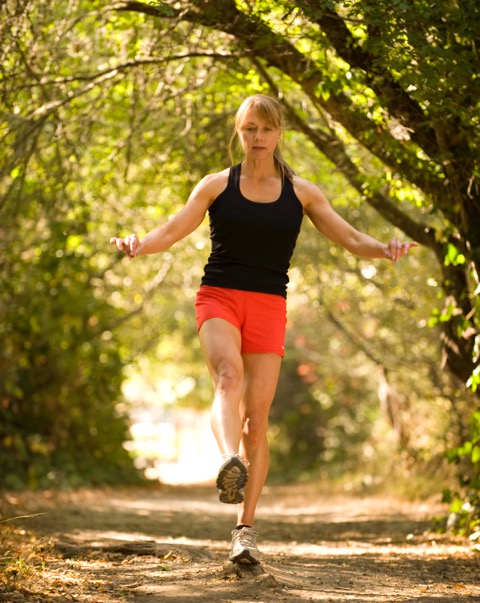Tour brand new model homes!
Saturday's from 10 am - 5 pm & Sunday's from 11 am to 4 pm
Think about your hands. They’re remarkable, aren’t they? Think about all that you do with your hands in a single hour of a single day. Your hands react instinctively, with great precision, to hundreds of tasks and actions in the span of a single hour. Your proprioceptive awareness is best demonstrated in your hands.
Proprioceptive awareness is a close cousin to kinesthetic awareness (knowing where your body is in space and time). Here’s how they are related:
Proprioceptors are nerve endings located in the muscles and their tendons. These nerve endings respond to tension providing all the sensory information your brain and body need to be aware of itself in its environment—that is, to be kinesthetically aware. Proprioceptors are the neurological messengers that enable kinesthetic awareness. Proprioceptive awareness itself is a fine-tuned spatial sensitivity. It enables you to manage uneven terrain and keep from turning an ankle.
Proprioception Exercise
• Stand on flat ground with your hands in your peripheral vision.
• Stand on your right foot and lift your left knee up and hold for 5-30 seconds. Don’t worry if you are wobbly, just relax and connect with your center of mass, right below your navel.
• If this is too easy, close your eyes and stand on your right foot.
• Switch legs. Work on bettering your time.

Feel through your Feet
Foot sensitivity is a key to developing both kinesthetic and proprioceptive awareness. Outdoors the terrain and textures in the terrain is constantly changing. One of your goals in Outdoor Fitness is to develop your foot sensitivity so that it is on par with the sensitivity in your hands. This may sound impossible, but it’s not! Your feet are the first, and most important, contact you make with the earth. Like your hands, you have more than seven thousand nerve endings in each foot. Your feet are capable of receiving a remarkable amount of sensory information, enabling your whole body and mind to react to changing environmental conditions. Prepare to become “sure-footed” like you’ve never imagined you could be—especially on the uneven and ever-changing terrain! Interestingly enough, a study conducted by researchers from the Oregon Research Institute investigated the health effects of walking on cobblestone-like surfaces. They discovered that walking on such uneven surfaces significantly lowered blood pressure and improved balance. Reflexologists believe that the uneven terrain can stimulate acupressure points in the soles of the feet to relieve pain, improve sleep patterns and enhance overall well-being.